Knives
Availble scales (handles)

Bubinga is a gorgeous African hardwood. Due to its fine, tight grain and its reddish brown color, Bubinga is often referred to as “African Rosewood”. The trees can grow quite large and five foot diameter logs are not uncommon
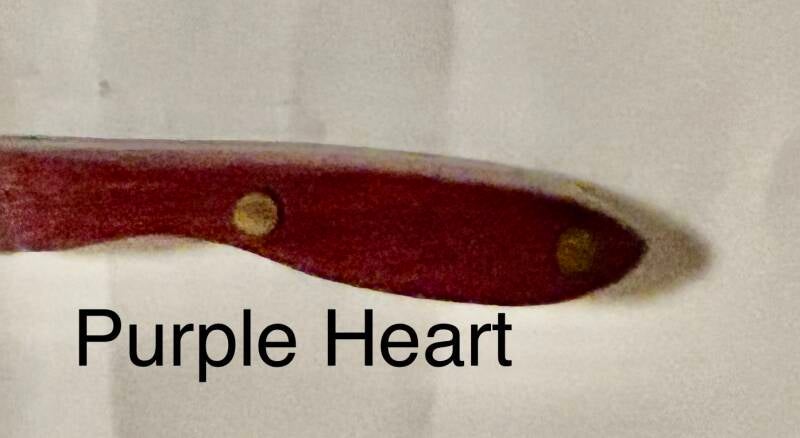
Originating from the territories of Central and South America, these tropical rainforest trees can most commonly be found in the rainforests of Brazil, Suriname, and Guyana (and also in countries such as Panama, Costa Rica, Trinidad, and the Mexican state of Guerrero) where they can grow to the impressive size ofup to 30 to 50 meters (100–170 ft) with trunk diameter of up to 1.5 meters (5 ft). Purpleheart trees are famous for having small flowers with five petals and a pod-shaped fruit that contains a single seed.

While the name “Lacewood” is used very loosely and often applied – even misapplied – to a number of different wood species, this accurately monikered Lacewood is native to tropical South America, notably Brazil. So, predictably, it’s sometimes distinguished as “South American Lacewood.”
By either name, the Brazilian variety of Lacewood is a stunningly beautiful Characterized by a mesmerizing light to medium reddish-brown color, with grey to light brown rays, Lacewood’s dramatic figure and large flecks are produced when the wood is quartersawn, a result of the wood’s large medullary rays being highlighted by the cut.The effect resembles the lace or leopard print pattern that makes this species so special.

Teak wood is exotic, emerging from the tropics of Southeast Asia. The trees are among the few which produce high amounts of oil and wax, which serve to protect them from the hot, moist environments and pests. The wood naturally retains these extractives, providing items made from teak with built-in protection from the elements.
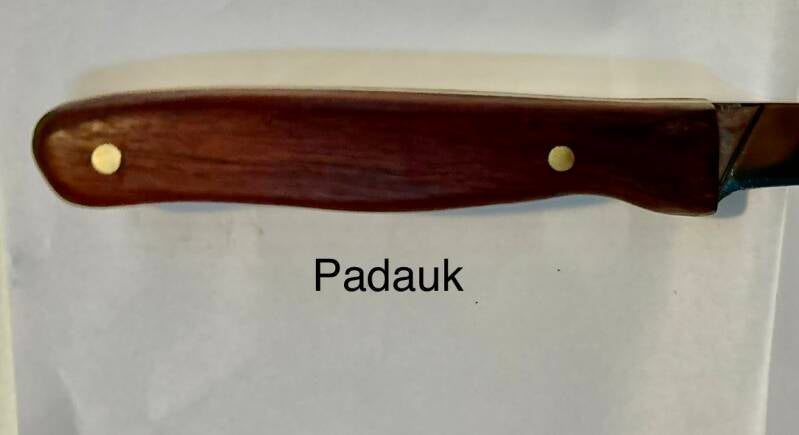
Ironically, the chemical cocktail that makes African Padauk (Pterocarpus soyauxii) distasteful to insects and fungi contributes to the color that makes it practically irresistible to woodworkers. One of the most strikingly colorful woods, padauk is widely esteemed for its bold red-and-orange heartwood. Although these vibrant hues eventually mellow to a rich reddish brown, purple, or even near-black, padauk’s enduring stability and workability remain intact, contributing to this affordable wood’s popularity.
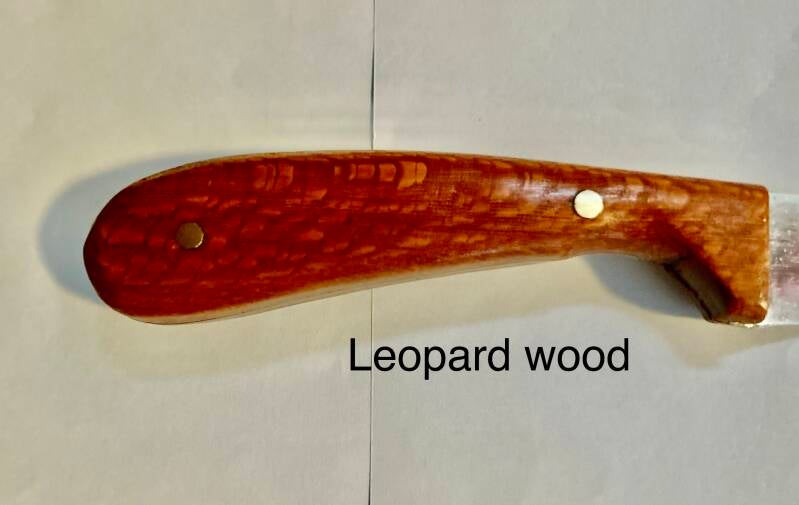

Honduran mahogany is the most widespread and the only genuine mahogany species commercially grown today. Mahogany is a valuable lumber used for paneling, furniture, boats, musical instruments, and other items. The United States is the leading importer of mahogany, while Peru is the largest exporter.
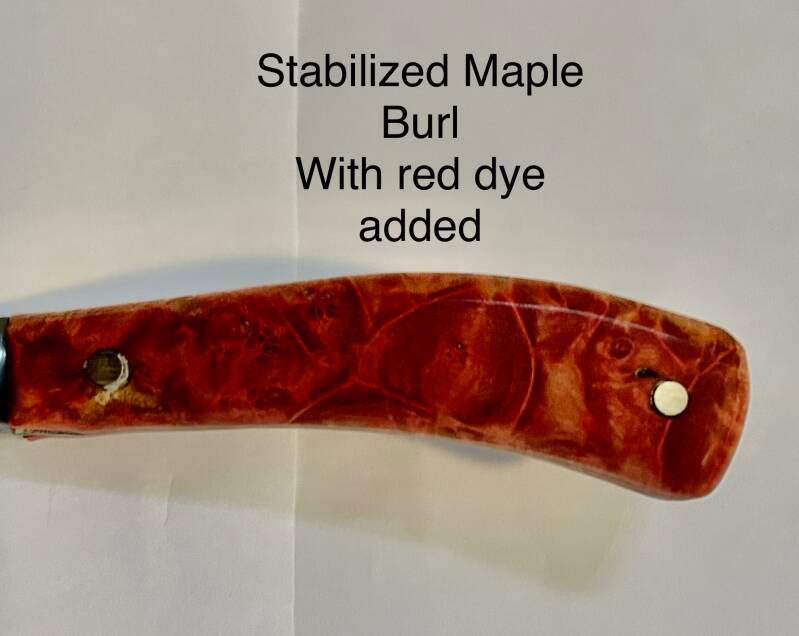
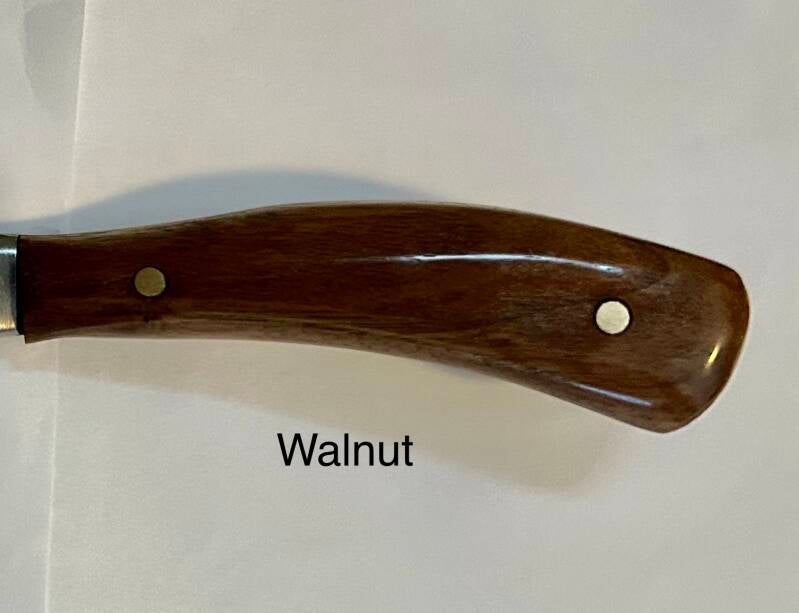
Black walnut wood is dark, hard, dense and tight-grained. It's prized by woodworkers for its strength, grain and color. It polishes to a very smooth finish, and the color ranges from creamy white in the sapwood to a dark chocolate in the heartwood.
Over the years, natural walnut wood develops a lustrous patina. As the only dark-brown domestic wood species, it has a large following of devoted woodworkers and fine furniture aficionados. Walnut is also found in upscale cabinets, natural wood flooring, kitchen accessories, gunstocks, and more.
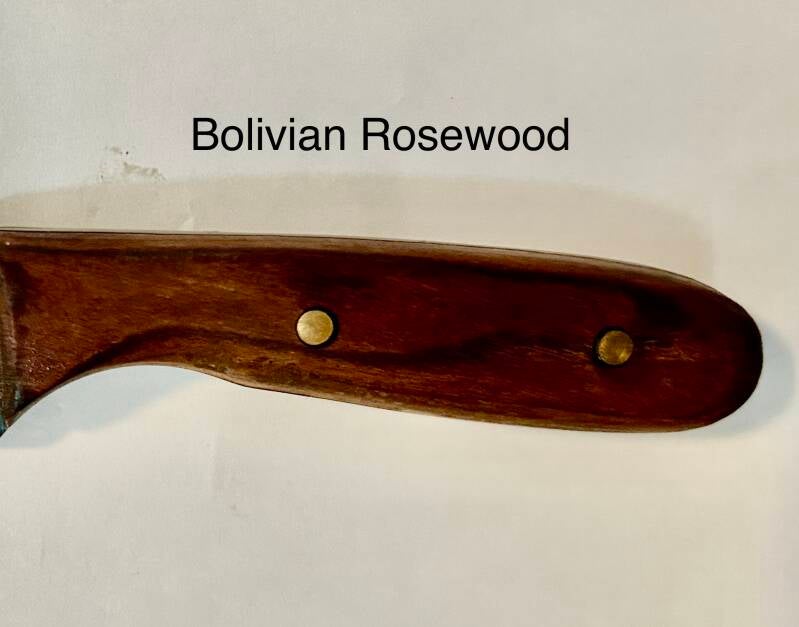
Bolivian Rosewood is an exotic wood with beautiful, rosewood like wood with black striping on top of a dark brown background. Bolivian Rosewood undergoes a substantial degree of color change as the wood lightens over time and more so in direct sunlight from the darker brown tones to lighter gold/tan tones with a muting the fresh milled color variation. Bolivian Rosewood offers a wide range of colors from medium to light browns through to almost black brown purplish tones, on top of which there is frequent black striping.
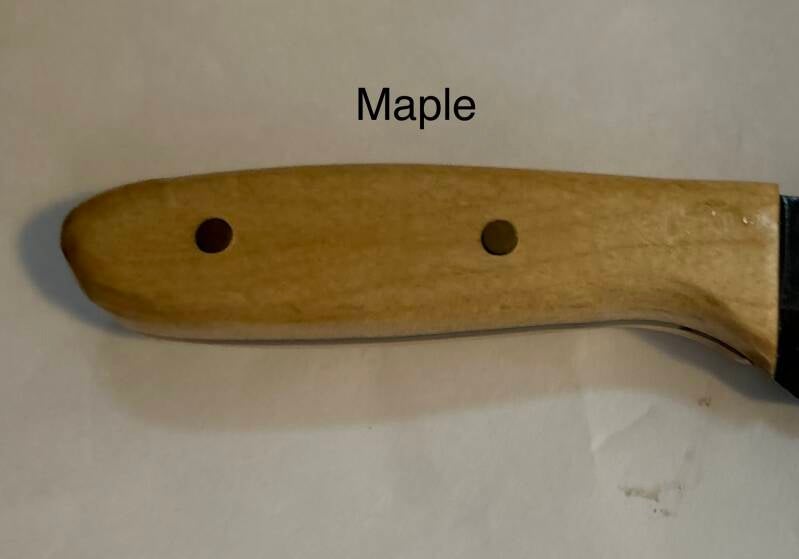
Hard maple is found in the Eastern U.S., mainly Mid-Atlantic and Lake states. It is a cold-weather tree favoring a more northerly climate The sapwood is a creamy white with a slight reddish brown tinge, and the heartwood varies from light to dark reddish brown. The wood has a close, fine texture and is generally straight grained. Hard maple dries slowly with high shrinkage, so it can be susceptible to movement in performance. Pre-boring is recommended when nailing and screwing. With care, it machines well, turns well, glues satisfactorily and can be stained to an outstanding finish. The wood polishes well and is suitable for enamel finishes and brown tones. The wood is hard and heavy with good strength properties. In particular, it has high resistance to abrasion and wear. It also has good steam-bending properties.
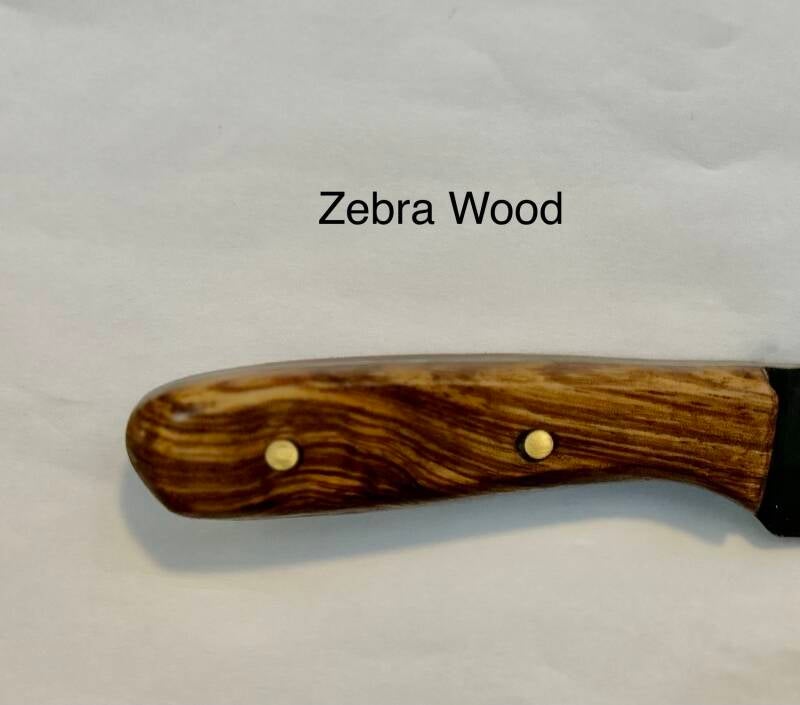
Zebrawood is an exotic wood native to the Western African countries of Cameroon and Gabon. It is a hard wood, with a medium to coarse texture. The Zebra-like appearance is due to the light colored sapwood in contrast with the dark colored grain. Zebrawood is excellent for wood turning, veneer, furniture, pens, and knife handles. It works and finishes fairly, and has good gluing properties.
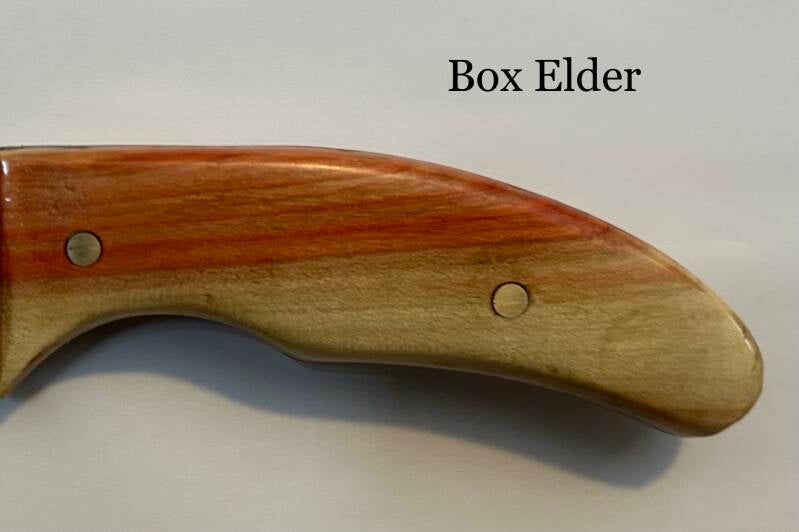
Color/Appearance: Sapwood is a pale white, sometimes with a yellow/green hue similar to yellow poplar. The heartwood is a grayish/yellowish brown, frequently with red or pink streaks. The red stain is produced by the tree’s natural defenses when wounded—it is thought that this compound is meant to inhibit the growth of fungus (Fusarium solani)that commonly colonizes the tree. Much of the reddish coloring (sometimes called “flame” by retailers) becomes a more subdued pink or brown/gray upon drying. The box elder i use is from a Minnesota tree.

Thuya is rare and difficult to locate. Thuya Burl is an exotic wood that the Greeks named thuya, meaning sacrifice, because they used an oil distilled from it as incense in their religious ceremonies. Some churches still use it and as sandarac oil it is valued for medicinal uses. The burls are as beautiful as they are fragrant and the Greeks and Romans vied with each other over furniture made from them. Thuya trees, along with cedars and oaks, once covered the Atlas Mountains of Algeria and Morocco, but because of over cutting, large areas have been treeless for hundreds of years. Thuya burl is fairly firm and dense with a high oil content, but tends to be brittle. Its color varies from a rich, lustrous golden brown to nearly black. The eyes, perfectly round, are scattered about in some burls like the figure in bird's-eye maple; in others they are grouped as islands. An exquisite wood, today it is used for inlays, small boxes, turnery, and precious objects.

This is true Desert Ironwood (Olneya tesota), a unique species that is a staple for the carving trade in Mexico and is scarce on the US Market. Difficult to obtain and dry properly, this beautiful and very dense hardwood has a great deal of chatoyance (luster) which gives great depth and color to finished projects. When turned, Desert Ironwood produces an incredible finish that is glass-like and silky smooth to the touch. Colors range from black & brown to warm honey gold with a tinge of red. Checks are normal with this species as it dries in the desert for years before being harvested in dead tree trunks or fallen / dead limbs; we typically cut off 95% of them. Creative artisans use crushed or powdered Arizona Turquoise to fill voids. Our Desert Ironwood is from the desert Southwest.
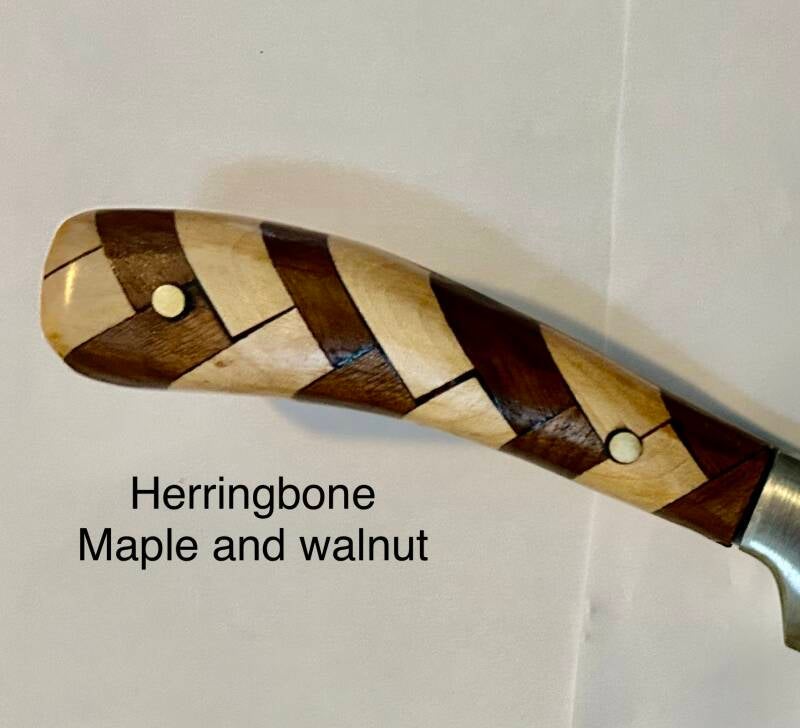


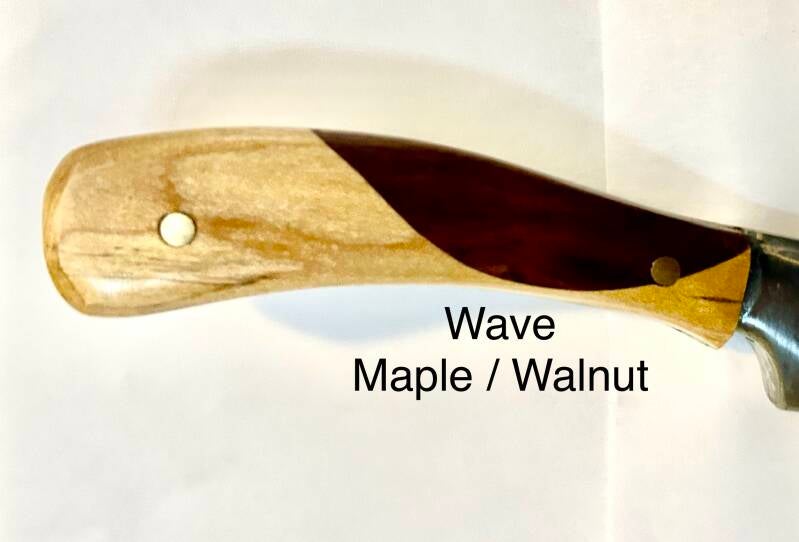
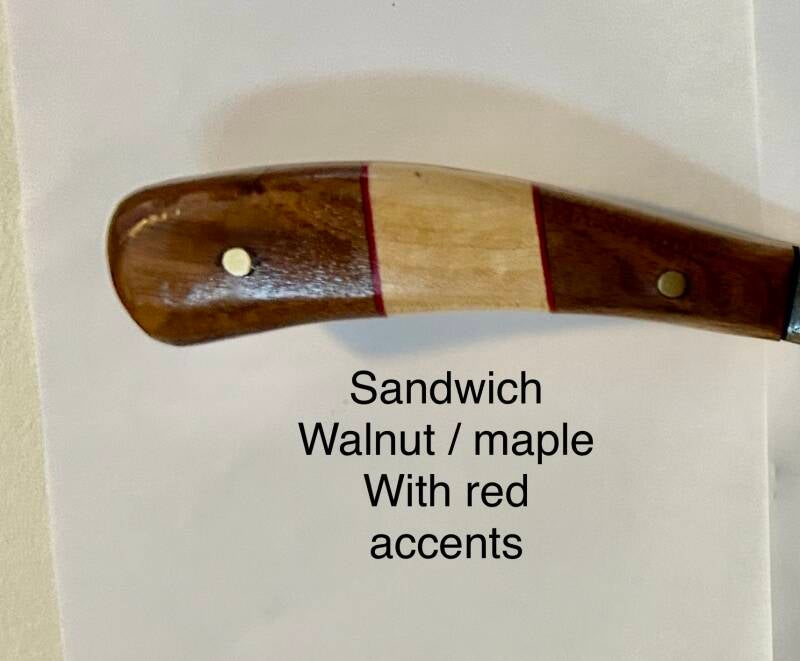
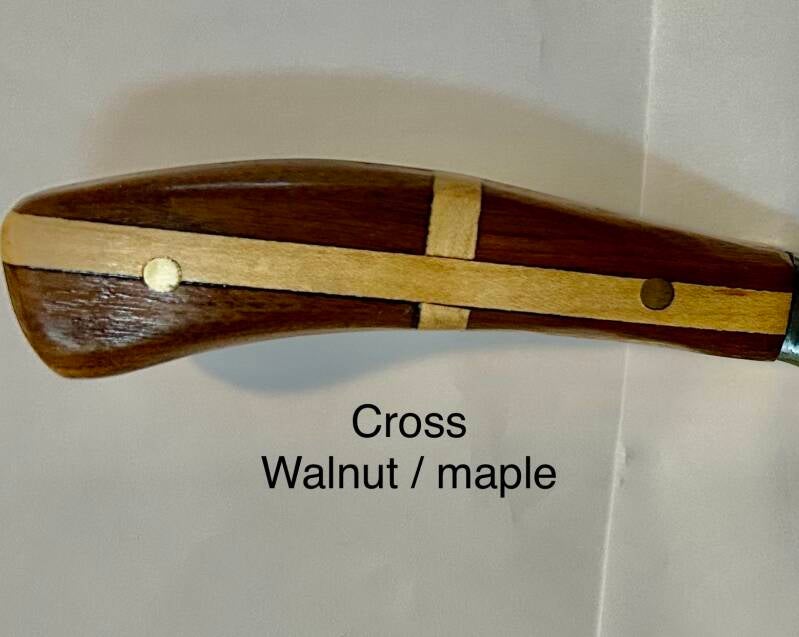
Available Blades

Blade length - 2 3/4"
overall length - 6 3/4"
blade thickness - 7/64"
comes with a black nylon sheath.
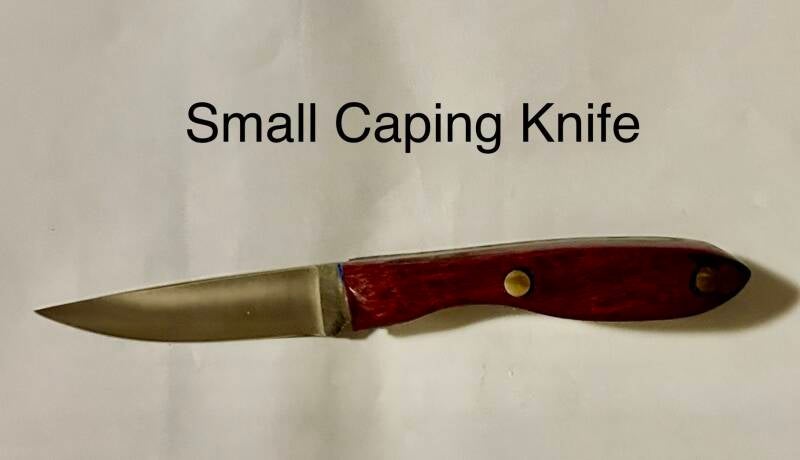
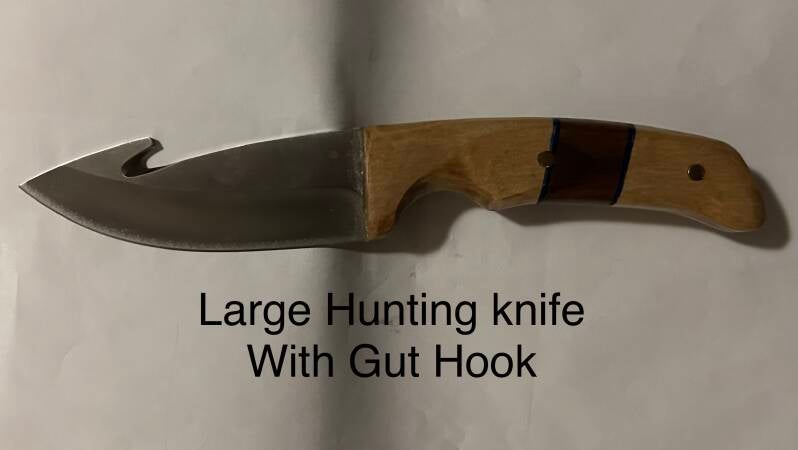
Blade length - 4"
overall length - 8 7/8"
steel - 440C stainless steel
comed with a leather sheath

Blade length - 5"
overall length - 9"
steel - 440C
comes with a sheath
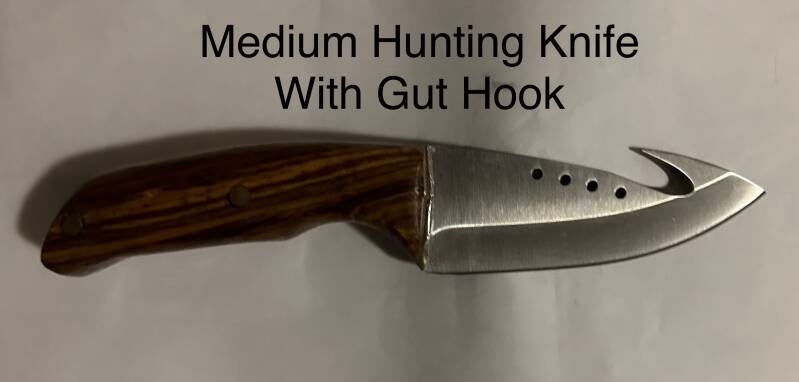
Blade length - 3 1/4"
overall length - 7"
comes with s leather sheath

Blade length - 8"
overall length - 13 1/4"
steel - high carbon steel
comes with a blade guard
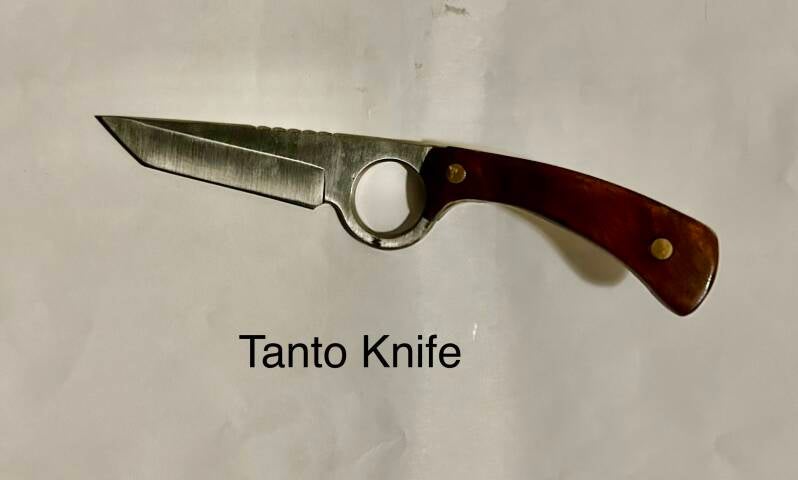
Blade length - 2 5/8"
oversll length - 6 5/8"
comes with leather sheath

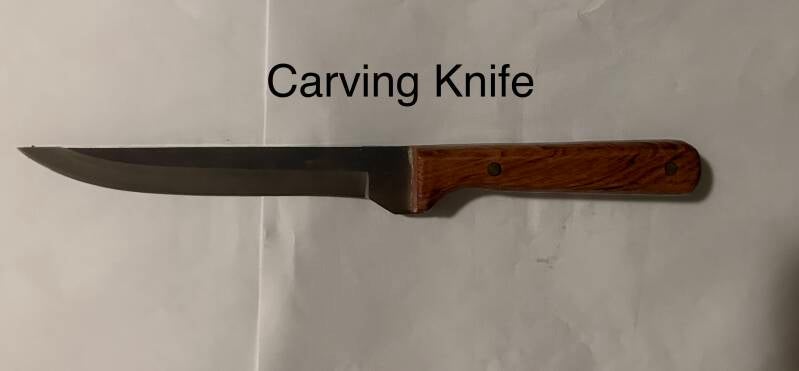

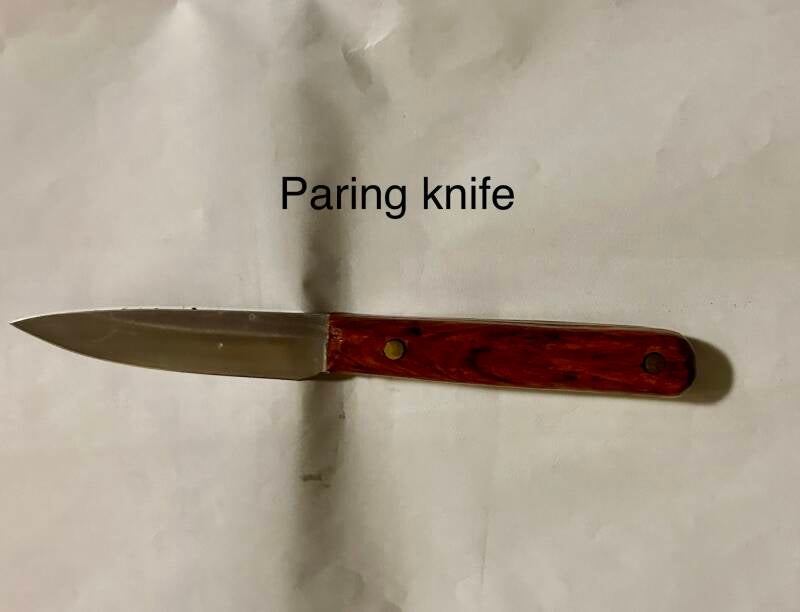
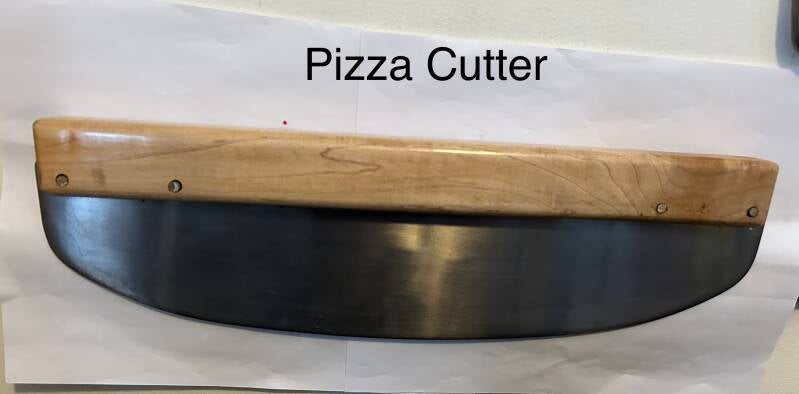
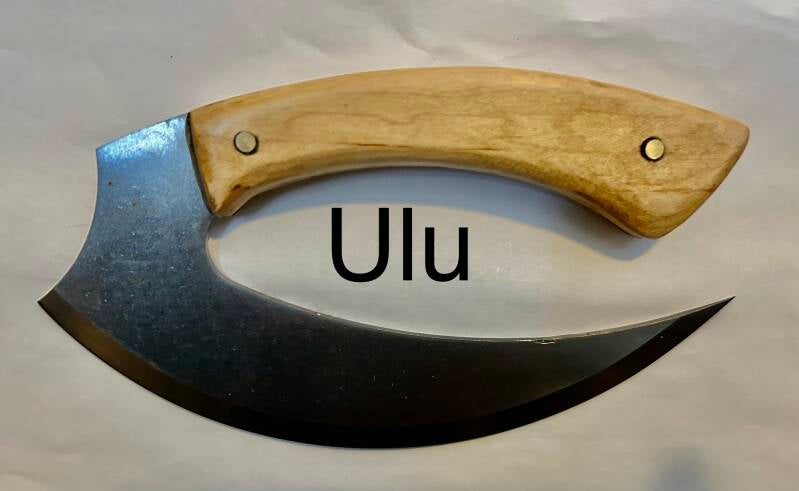
7 7/8 blade length
comes with fitted blade guard


Blade length - 7 1/4"
cutting edge on top of blade - 4"
overall length - 12 1/2
steel - 440C
comes with leather sheath
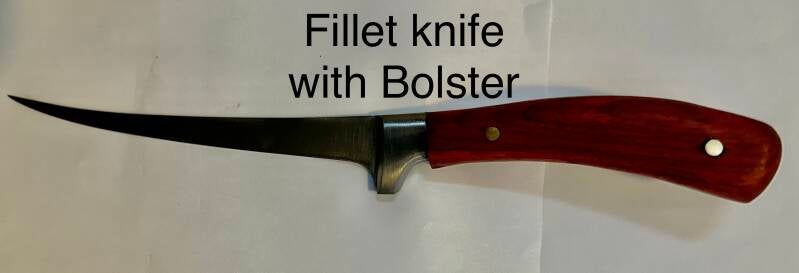
Blade length - 6 7/8"
overall length - 12"
Steel - 440C stainless steel
comes with black nylon sheath

Blade length - 3"
overall lenght - 6 5/8"
Steel - 440C
cones with a blde guard
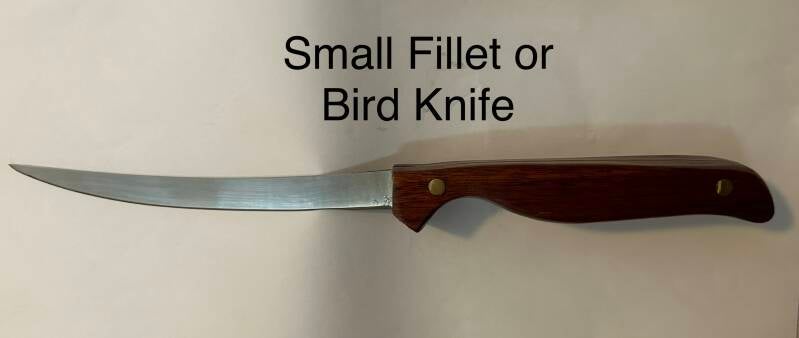
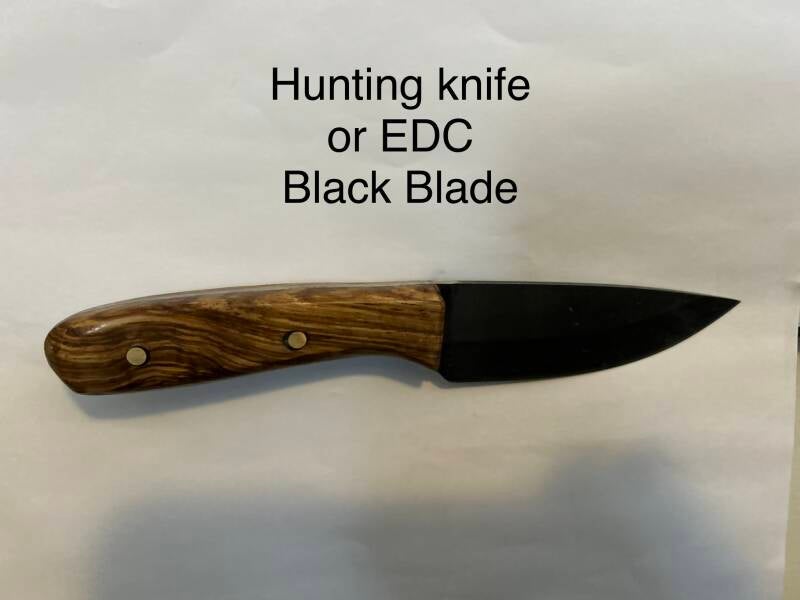
Blade length - 4 1/8"
overall length - 8 1/4"
stone wash finish
steel 440C stainless steel
comes with a leather sheath
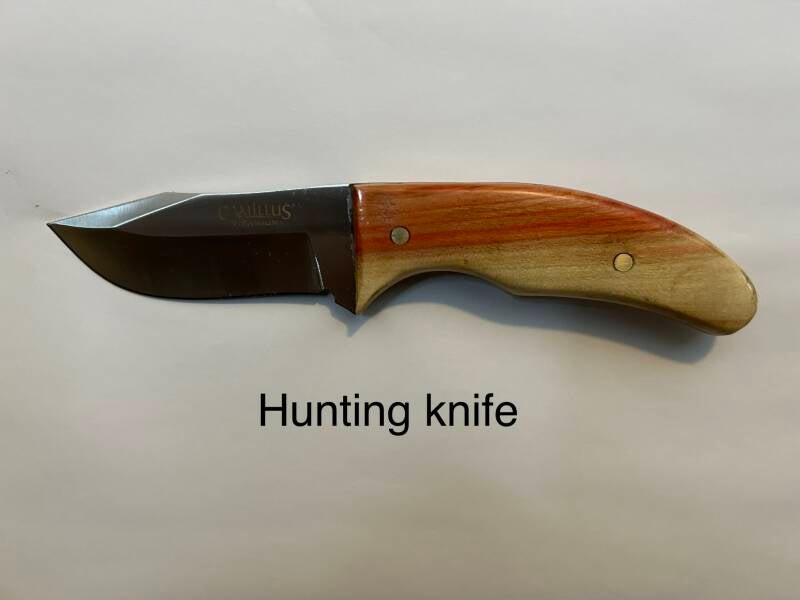
Blade length - 3 1/2"
overall length - 8"
comes with a sheath